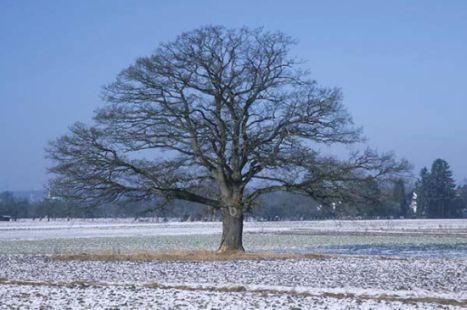
Essentially trees can be categorized in two groups, evergreen trees and deciduous trees. While the former, as the name suggests, don’t shed their leaves and remain green throughout the year, on the other hand, the shed their leaves every autumn to battle cold, dark and harsh winters. As soon as the autumn approaches, leaves of deciduous trees start changing color, from red to yellow and then brown, and gradually drop down to the forest floor.
Deciduous trees drop their leaves to conserve the energy and protect themselves in winters, for the cold dry winds in tropical regions take the moisture away from trees through leaves with a large surface area and risk the endurance of the tree. Therefore, to conserve moisture and reduce the amount of energy required to stay alive in winters, deciduous trees shed their leaves in autumn. To drop the leaves, deciduous tree starts extracting essential pigments, such as chlorophyll, from leaves to form a thin layer of dead cells at the base of the stem, which gradually detaches the leaf from the stalk and finally drops on the floor by the end of the autumn.
In winters, the day time starts decreasing, the nights become longer and the sun remains behind the clouds most of the time, leaving little scope for photosynthesis and generate adequate energy to keep the leaves intact in frosty atmosphere. After, the leaves fall onto the ground, they create a layer of protective mulch to conserve moisture, insulate roots, improve the fertility of the soil and provide vital nutrients to help the tree remain in good shape throughout the winters.